Accidents can happen at any time and place, often when we least expect them. Among the most common accidents are slip and fall incidents, where an individual loses balance due to hazardous conditions on someone else’s property. When such an incident occurs and results in a personal injury, the legal concept of liability comes into play. Understanding the nuances of liability for slip and fall personal injury claims is crucial in navigating the complex legal landscape.
Duty of Care: Establishing Responsibility
One of the foundational elements in slip and fall cases is the concept of “duty of care.” Property owners, whether residential or commercial, are legally responsible for maintaining their premises in a safe condition for visitors. This duty of care extends to taking reasonable steps to prevent accidents and injuries. When someone enters a property, the owner or occupier owes him or her this duty of care.
Identifying Hazards: Key to Liability Determination
In slip and fall cases, the crucial question is often whether the property owner acted negligently or failed to meet their duty of care by allowing hazardous conditions to persist. Hazards can take various forms, such as wet floors, uneven surfaces, icy pathways, loose carpets, or inadequate lighting.
The critical factor is whether the property owner was aware of the hazard or should have been aware of it through regular maintenance and inspection. To know more, visit hhjtrialattorneys.com.
Notice and Reasonable Actions: The Crux of Liability
Proving liability requires demonstrating that the property owner had notice of the hazardous condition and failed to take reasonable actions to rectify it. There are two types of information:
- Actual notice occurs when the property owner is directly informed of the hazard, either by a visitor or an employee, and does not take appropriate action.
- Constructive notice: This is a bit more complex. It implies that the hazardous condition existed long enough that the property owner should have discovered and addressed it through routine maintenance.
To establish liability, it’s essential to provide evidence that the property owner either knew about the hazard or reasonably should have known about it and failed to take necessary measures to prevent the accident.
Comparative Negligence: Shared Responsibility
Liability might not always rest solely on the property owner. The injured person’s actions could sometimes contribute to the accident. This is where the principle of “comparative negligence” comes into play.
If the injured party is found to have been partially responsible for the accident, their compensation could be reduced proportionally. For instance, if someone was texting and not paying attention to warning signs indicating a wet floor, their negligence could be a contributing factor.
Documenting the Scene: Strengthening Your Case
Substantial evidence is critical when pursuing a slip and fall personal injury claim. This includes documenting the scene as thoroughly as possible. If you’re physically able, take photos or videos of the hazardous condition, the surrounding area, and any warning signs present.
Collect contact information from witnesses who saw the incident or were aware of the hazardous condition beforehand. This documentation can significantly strengthen your case by providing a clear visual representation and testimonies to support your claim.

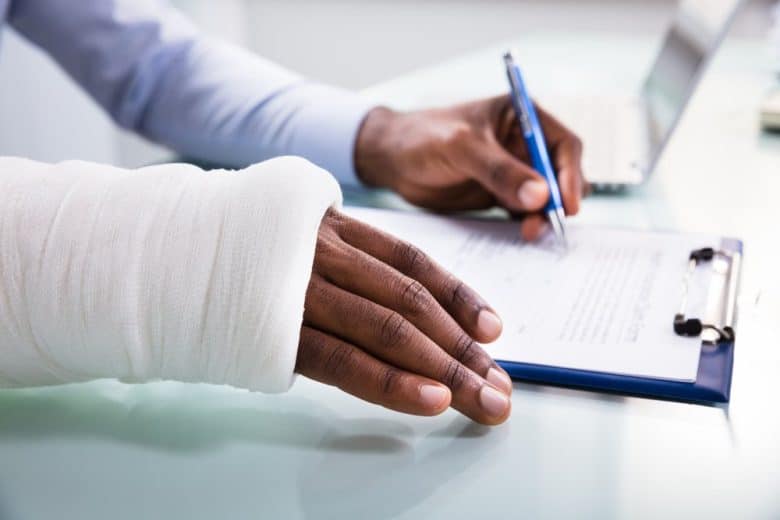
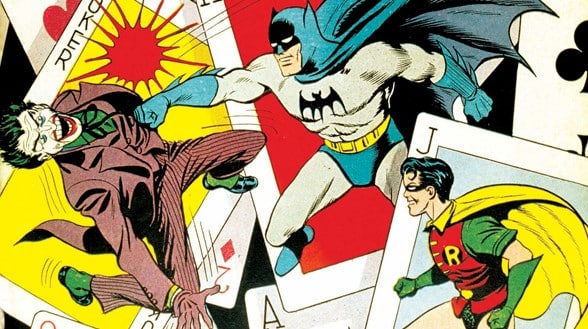






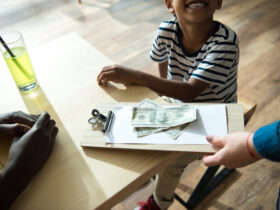
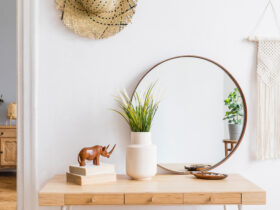
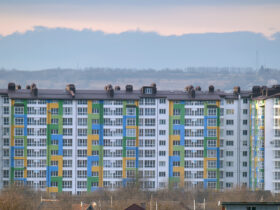
Leave a Reply